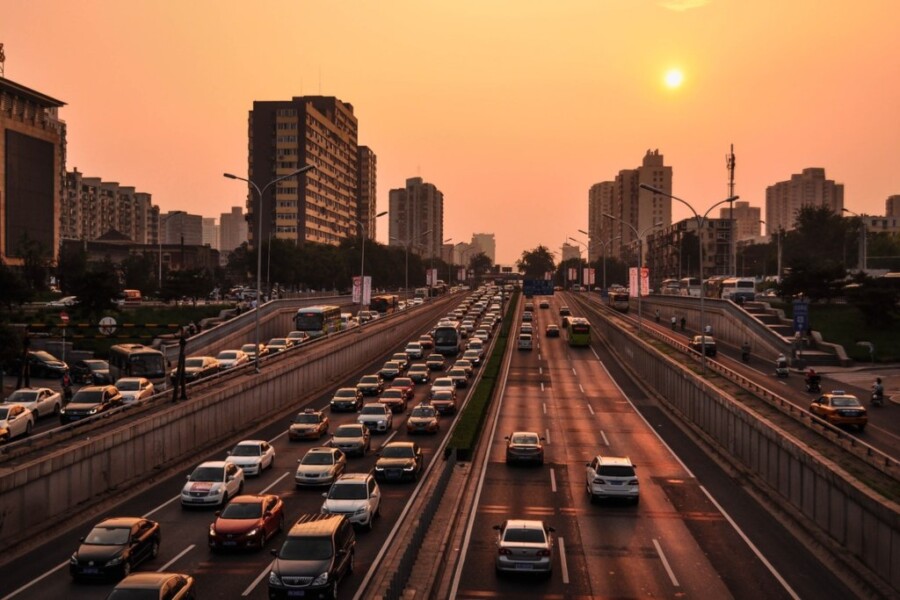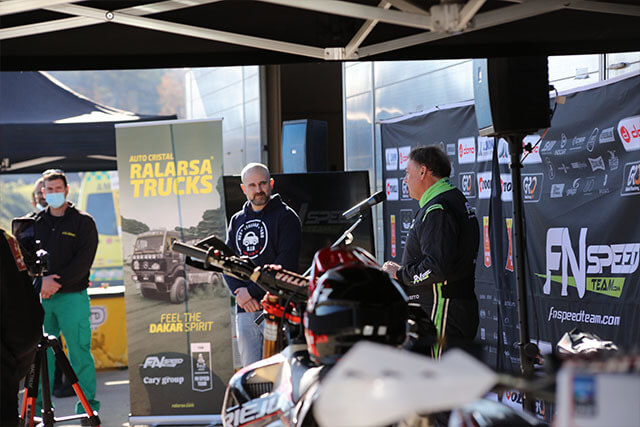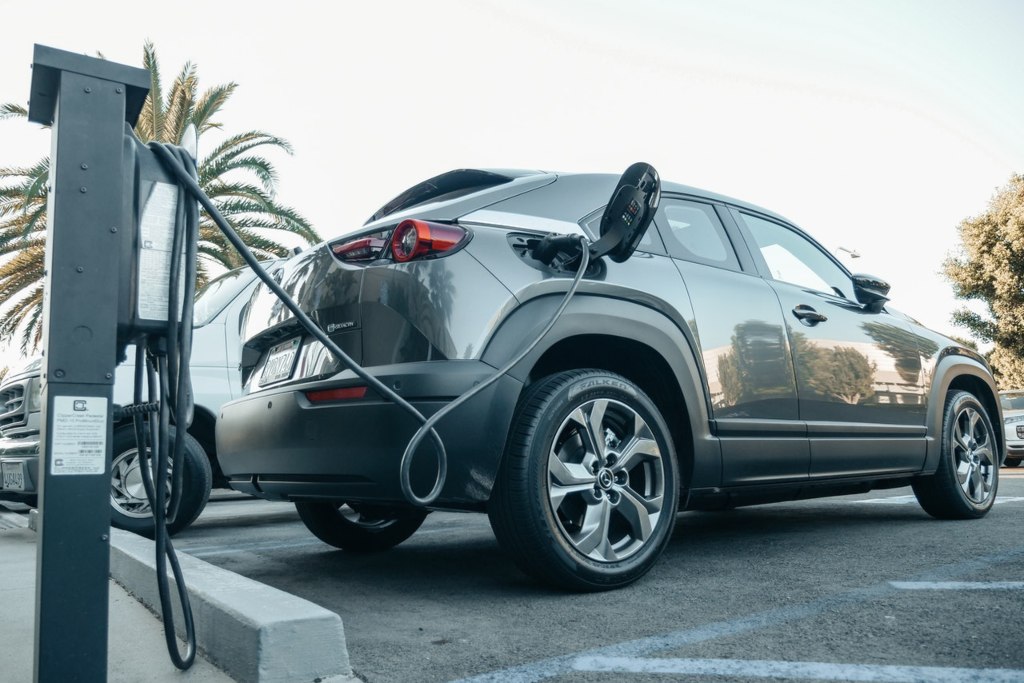Los carriles reversibles son utilizados por las autoridades para tratar de agilizar la circulación en momentos puntuales en los que hay mucho tráfico o riesgo de caravanas. Se trata de unos carriles con normas específicas, por lo que si se circula por ellos se deben de acatar.
Así pues, si desconoces el código de circulación de estos carriles te conviene leer lo que viene a continuación, un tema que como talleres especializados en reparación cristal coche conocemos en profundidad.
¿Qué son los carriles reversibles?
Tal vez en algunas provincias pequeñas la utilización de carriles reversibles no es tan habitual, pero en ciudades con grandes volúmenes de tráfico son una constante. Y es que, en algunas salidas de las grandes ciudades, durante las horas puntas y en vísperas de festivos señalados, las aglomeraciones de tráfico y los carriles reversibles se convierten en costumbre durante los días de desplazamientos masivos.
Una vez más, como taller de lunas de coche, os recomendamos antes de un desplazamiento hacer una revisión de las escobillas y cambiar escobillas limpiaparabrisas en el caso de que sea necesario, y tal vez aprovechar tu estancia en el taller para tintar lunas de coche o hacer reparación cristal coche, ya que salir a la carreta con el coche a punto puede evitar algún imprevisto sobre el asfalto.
Volviendo al tema, con la finalidad de agilizar el tráfico tanto en autovías como en autopistas, la DGT utiliza este tipo de carriles reversibles instalándolos mediante conos y habilitando así un nuevo carril de circulación. Pero, ¿qué normas se deben seguir en este tipo de carriles?
- Se deben de llevar luces de cruce del vehículo encendidas, sea de día o de noche, su finalidad es hacer más visibles a todos los vehículos que circulen por ellos.
- No se deben superar los 80 km/h ni tampoco bajar de 60km/h.
- Solo pueden circular turismos sin remolque y motos.
- Es imprescindible mantener la separación frontal ya que no hay ‘escapes’ laterales.
Si no se circula como es debido es posible que se tenga que hacer frente a alguna sanción, tal y como está recogido en el Código de Tráfico y Seguridad Vial.
Así pues, según el punto 2, apartado b, del artículo 42 del Código de Tráfico y Seguridad Vial que hace referencia al uso obligatorio del alumbrado, se especifica que todos los vehículos que circulan por este carril deben de llevar las luces de cruce encendidas, de lo contrario deberán hacer frente a una multa de 200 euros, que puede verse reducida a la mitad si se abona dentro del plazo de pago voluntario.
Además de seguir estas normas de circulación, desde Ralarsa, como taller de reparación cristal coche, recomendamos extremar la precaución en estos carriles ya que, cuando se habilitan implica que hay grandes embotellamientos y es en estos tramos donde más accidentes se pueden producir.
Por otro lado, si se prevé un desplazamiento sea de larga distancia o corta, te recomendamos que pongas a punto tu vehículo. Y es que, este es el momento indicado para llevar a tu taller de lunas de coche más cercano y hacer la reparación cristal coche, cambiar escobillas limpiaparabrisas o tintar lunas de coche.
Desde Ralarsa, te aconsejamos que además de poner a punto tu coche antes de salir a la carretera, consultes la previsión de tráfico según las horas y el tiempo, ya que un conductor precavido vale por dos. Además, consultar la ruta a seguir y las salidas a tomar en los diferentes puntos del trayecto hará que tengas más seguridad al volante haciendo que tu seguridad vial aumente.





